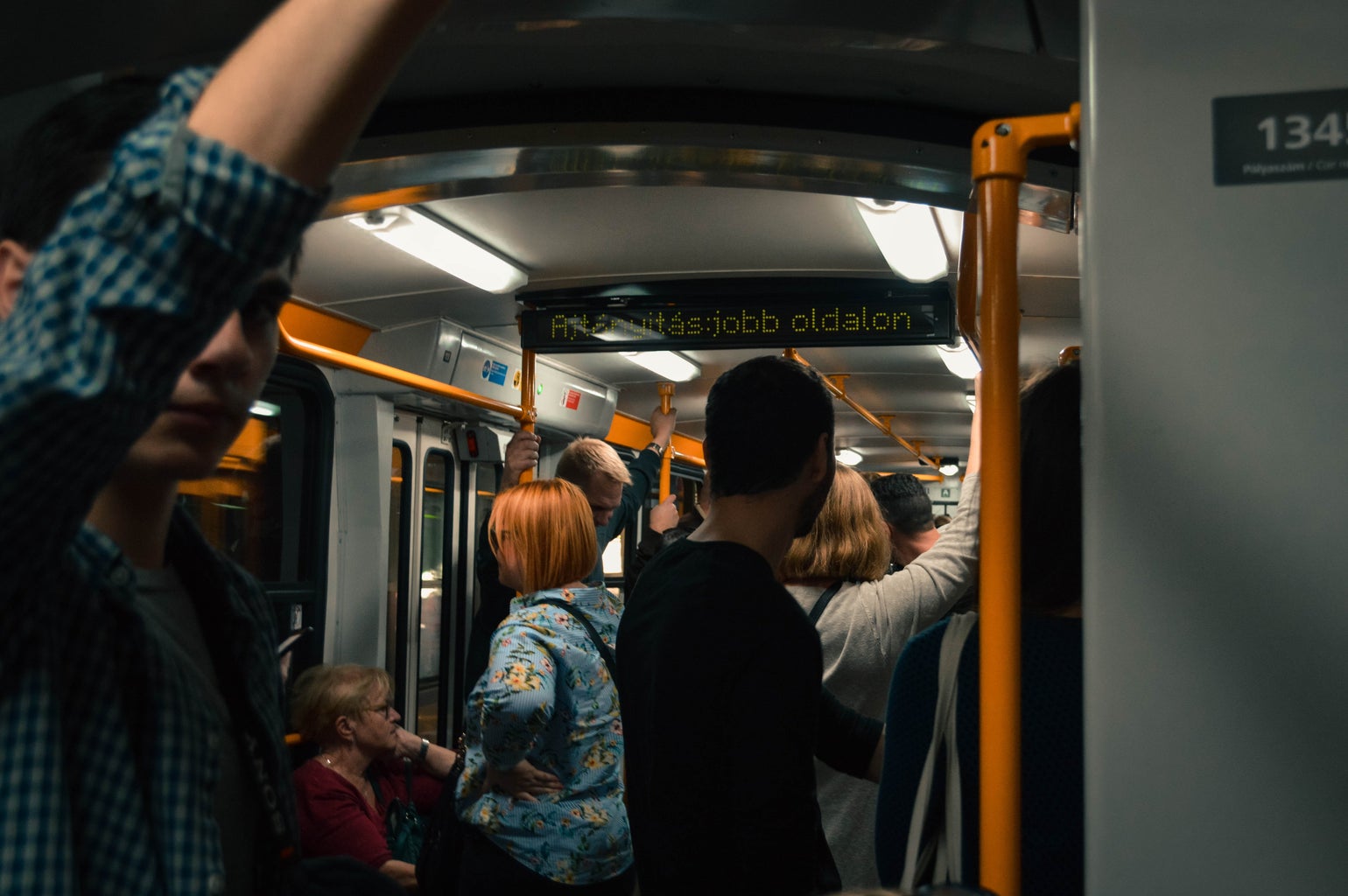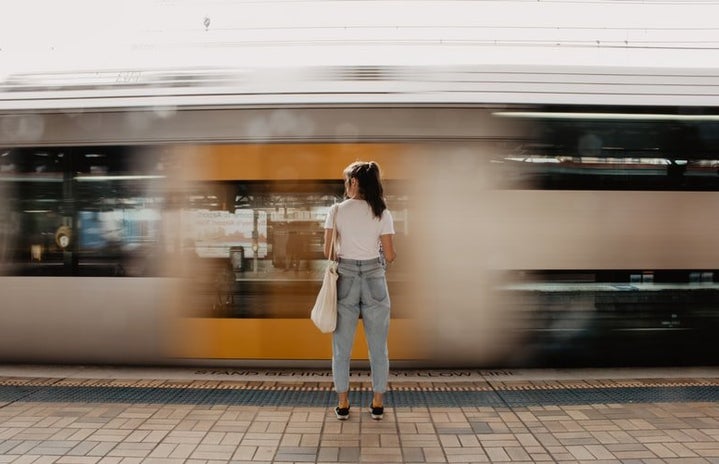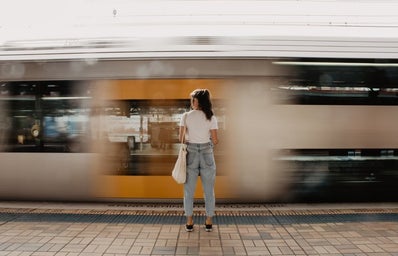“Stand clear of the closing doors please.”
The soft ringing that signals us to make a decision floats into my ears like a lullaby, and my body relaxes as I position myself with one hand on the bar next to the subway door, the other warm in a jacket pocket. My eyes wander to the rest of the occupants who have chosen this ride as well, as we have all agreed to seal ourselves into this space together, if only for a few fleeting minutes. In these minutes every person must understand the other as an equal, though all our journeys will diverge. In places of transition, we must understand autonomy, care, and respect, otherwise, there is no commonality among the varying travelers.
Liberty, equality, opportunity. Enshrined in the Constitution and put to the test by numerous challenges throughout American history, the United States has a tendency not just to manifest these values through the law, but also through symbolic objects. The national flag, bald eagle, and aptly named Statue of Liberty are all classic symbols of these “American ideals.” However, a more mundane aspect of life epitomizes and facilitates liberty, equality, and opportunity. The overlooked object in question: public transport.
Though the prospect of boarding the bus full of strangers or subway cars filled with only the unknown may cause some to shutter in fear, this system of shuttles is one of freedom. However, freedom is not defined by a lack of responsibilities, rather, freedom is having the choice of what we want to be responsible for. Since the start of automation, the car has performed this role as the “chosen responsibility.” The maintenance and control of a car is one’s commitment, and the freedom of movement is the obvious functional connection to freedom. However, does one not also have a responsibility on public transport? While there is no direct physical control over the vehicle itself, the “chosen responsibility” is that of the self, co-existing with others. This freedom is arguably more personal and gives riders the chance to showcase how they want to use their right to this freedom.

What about opportunity? While elusive in seeing where the intersection of opportunity and public transport is, look no further than the reason for public transport’s existence. Public transport provides a way to move from one space to another. Maybe that space is a job, a home, or a relationship. What they have in common is the ability to transform a life. Public transit makes that possible by providing a structure of transport that requires no intricate knowledge of the machine in use, but simply the determination to get on and go.
Subway cars and bus stops enable liberty, equality, and the opportunity to shine, and can be a reminder that the values of democracy can be reflected in the systems that have been built into our daily lives.
Want to keep up with HCBU? Make sure to like us on Facebook, follow us on Instagram, check out our Pinterest board, and read our latest Tweets!



